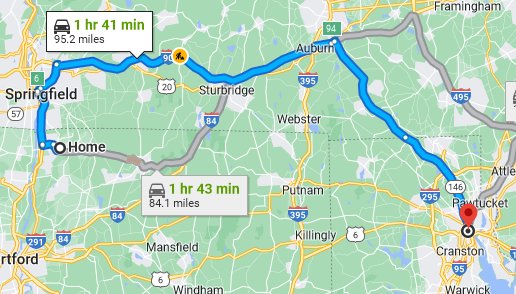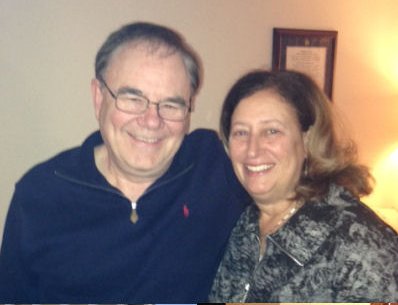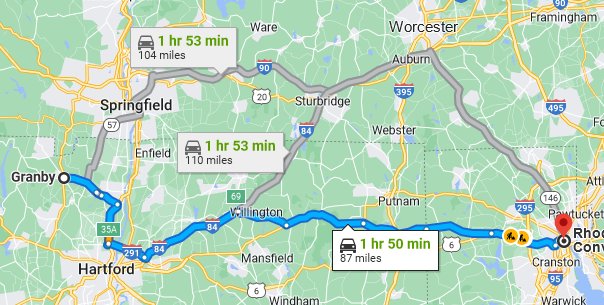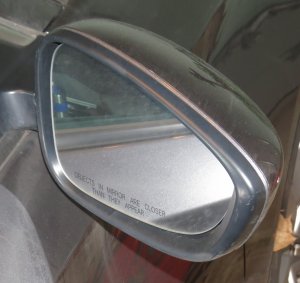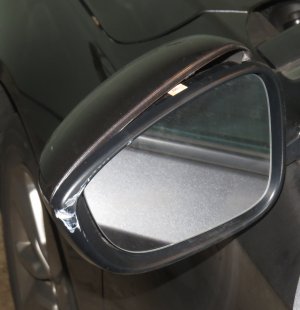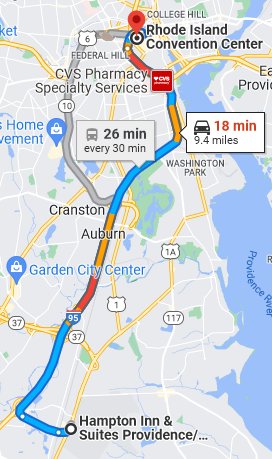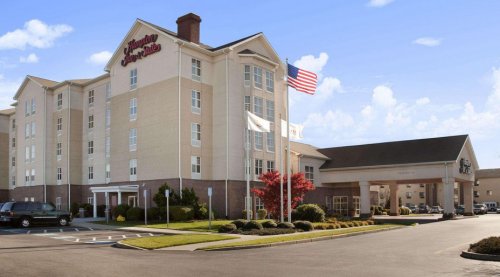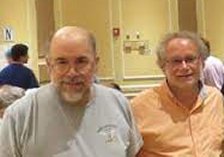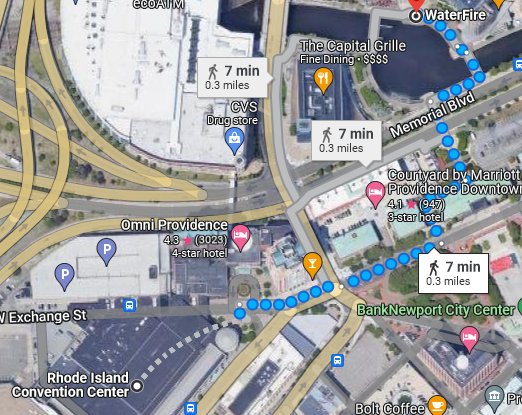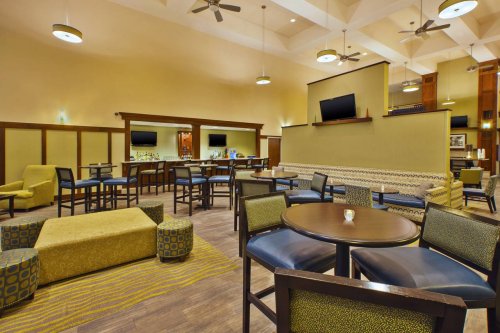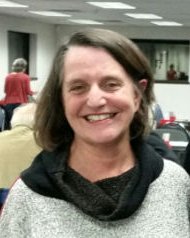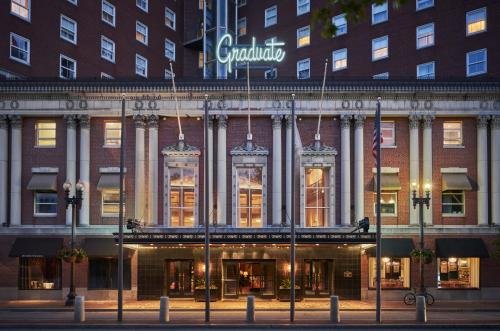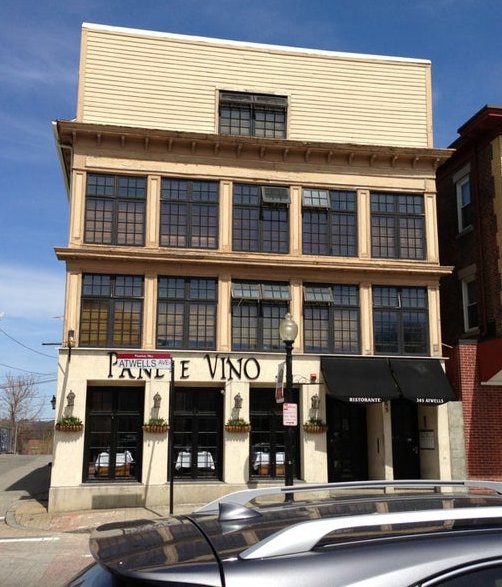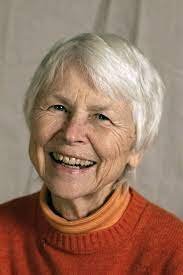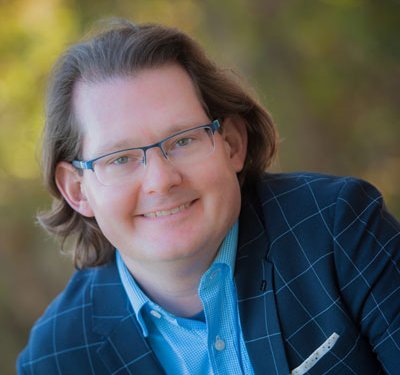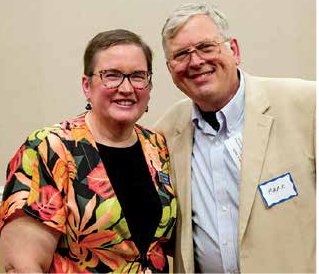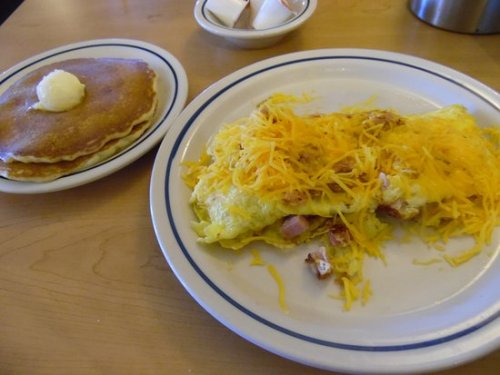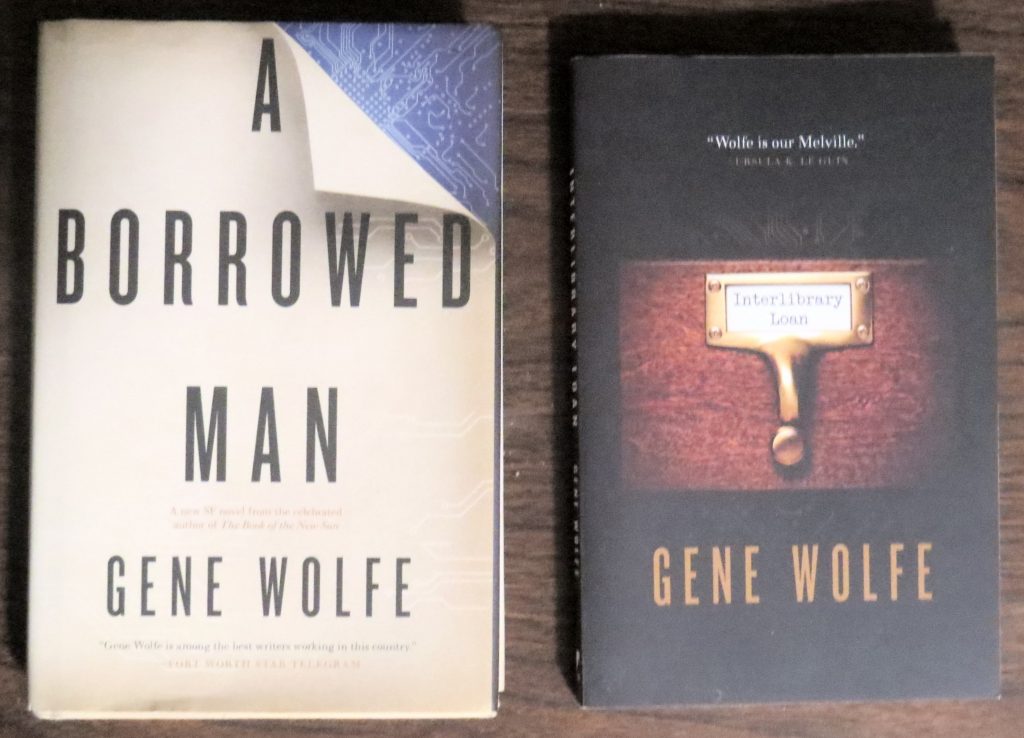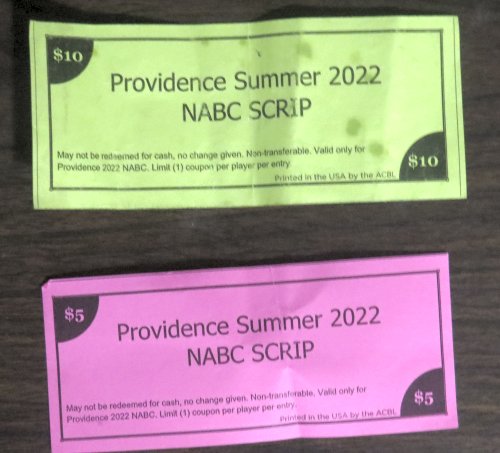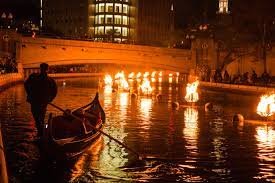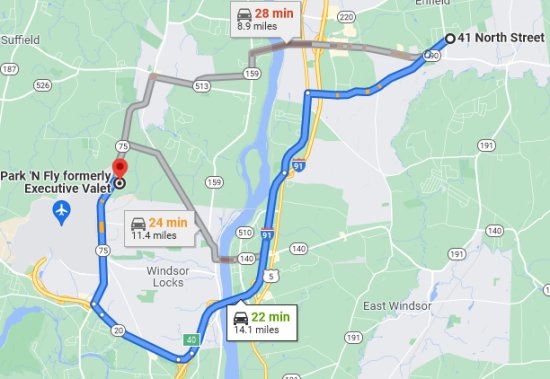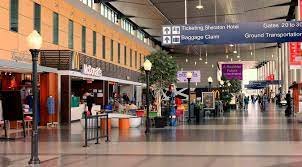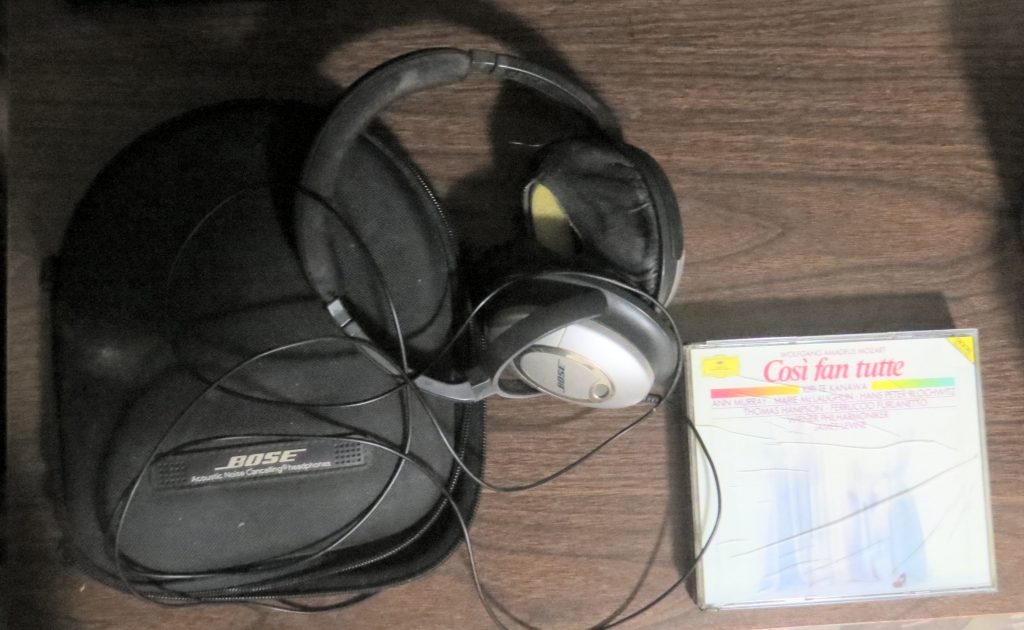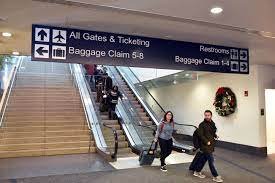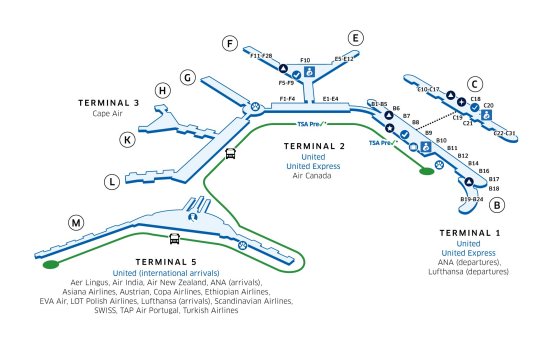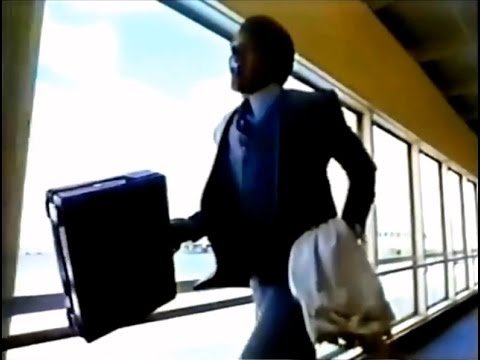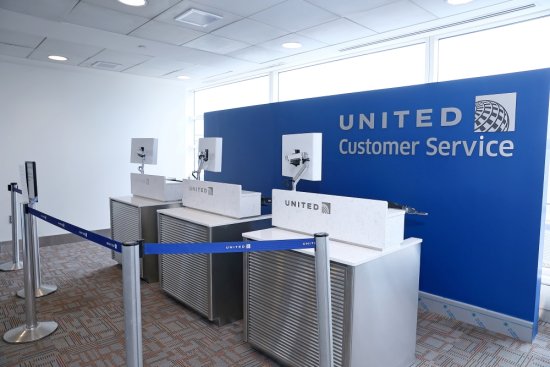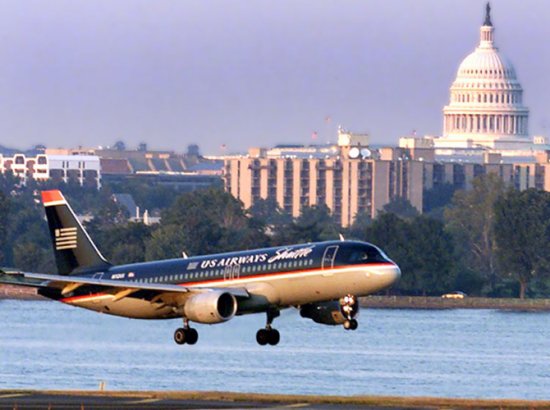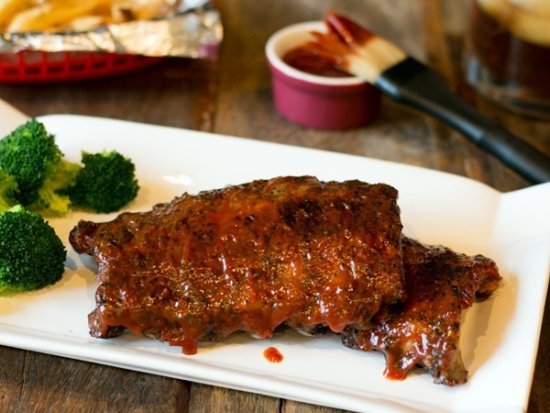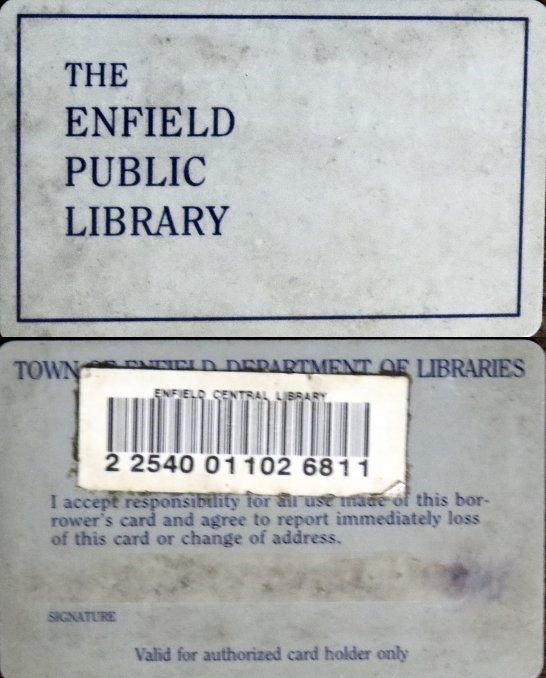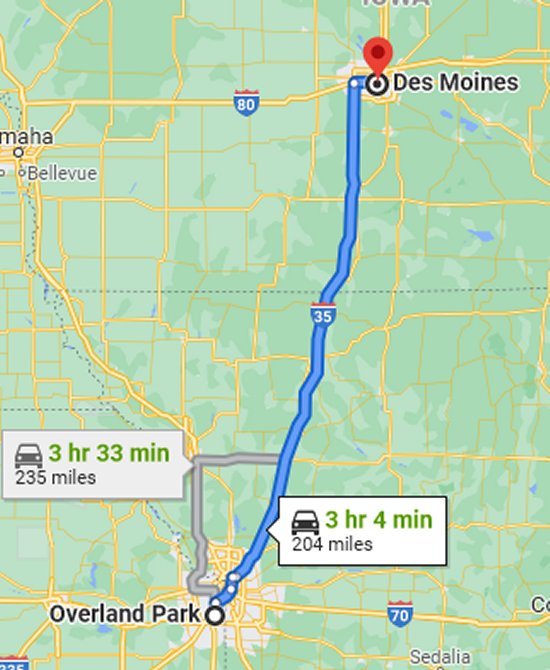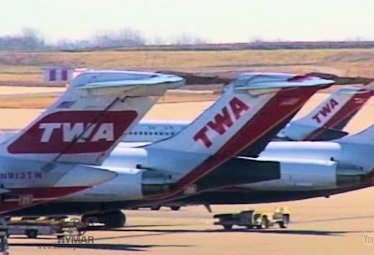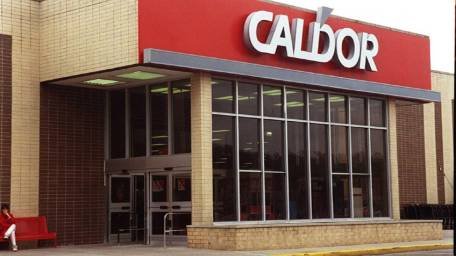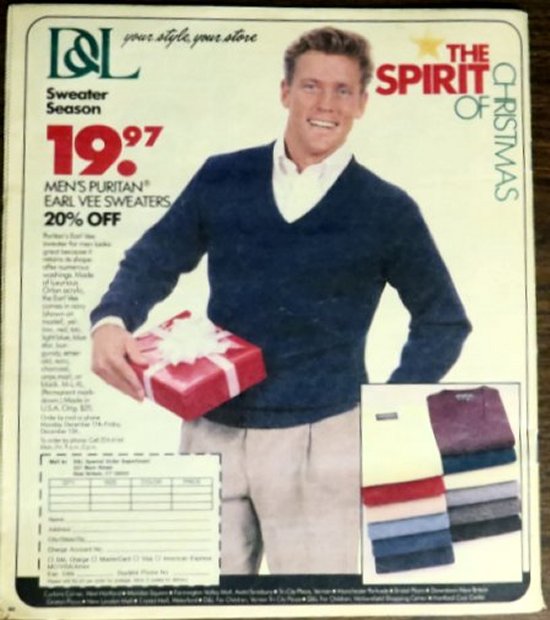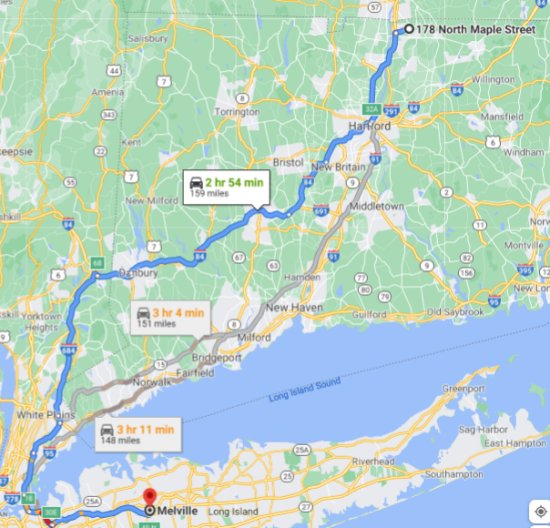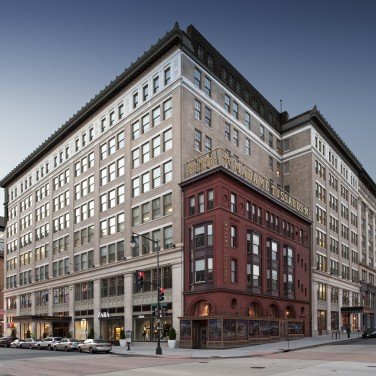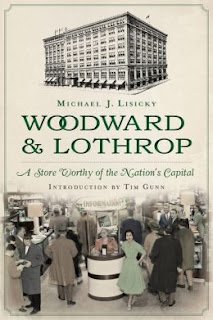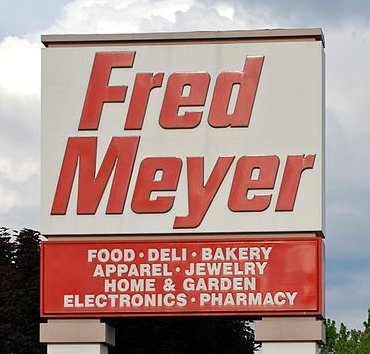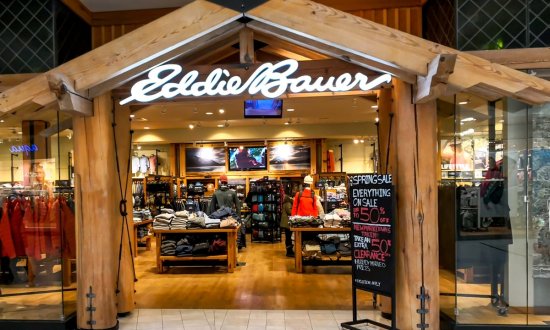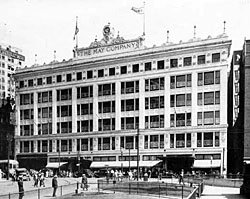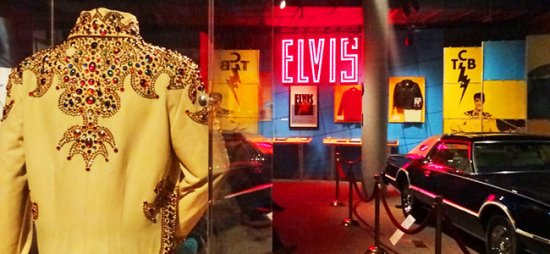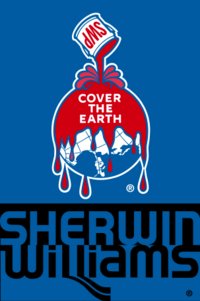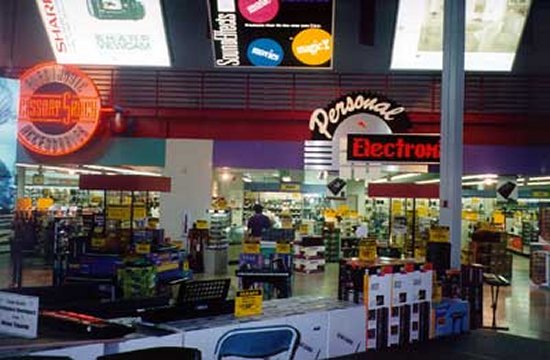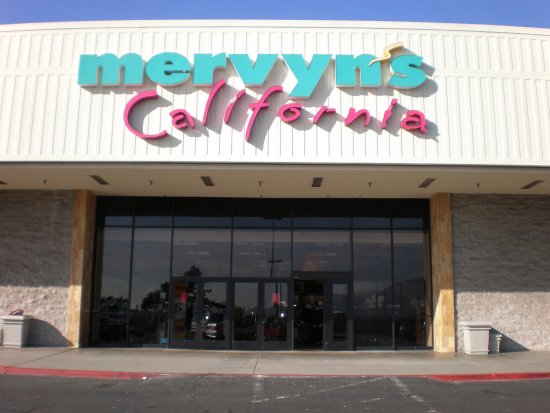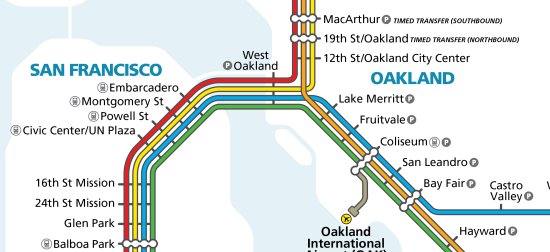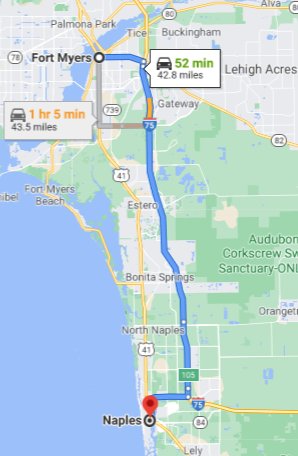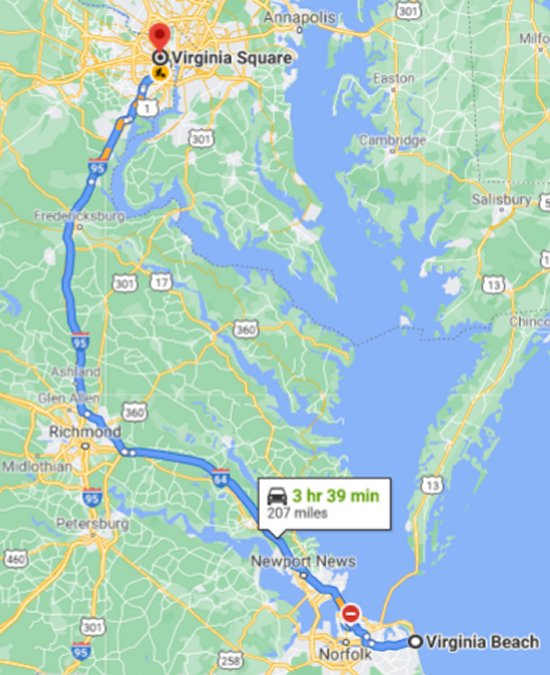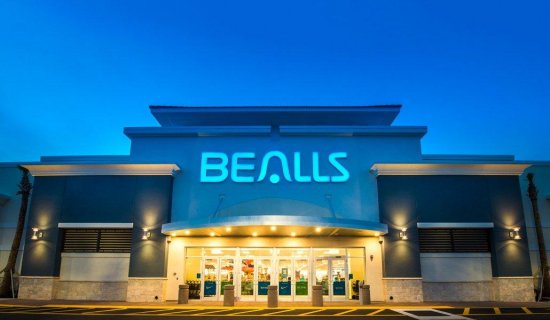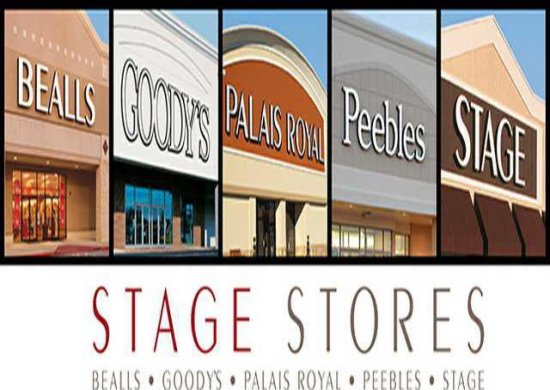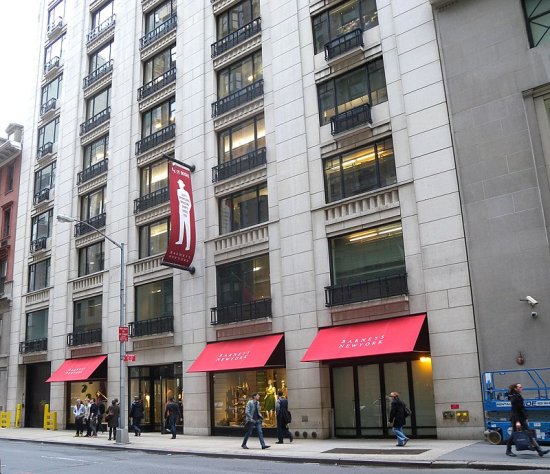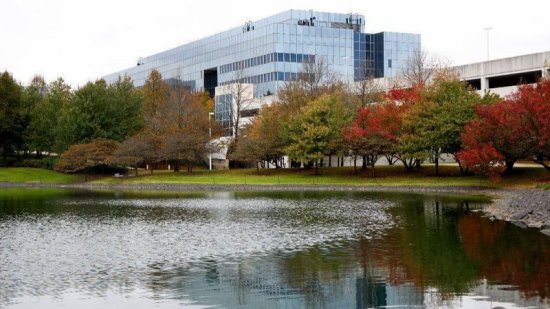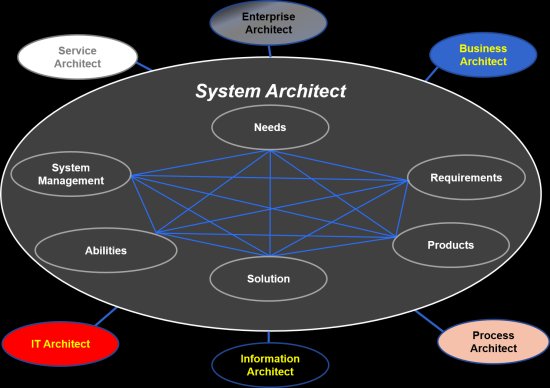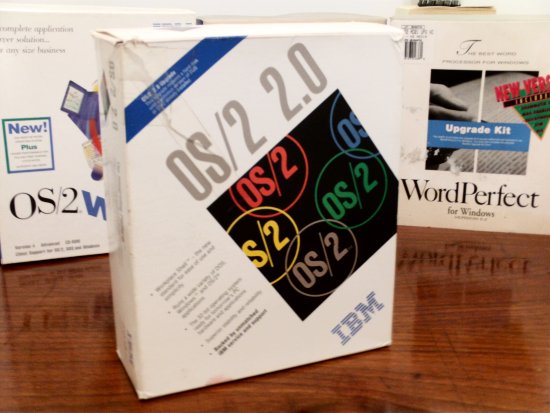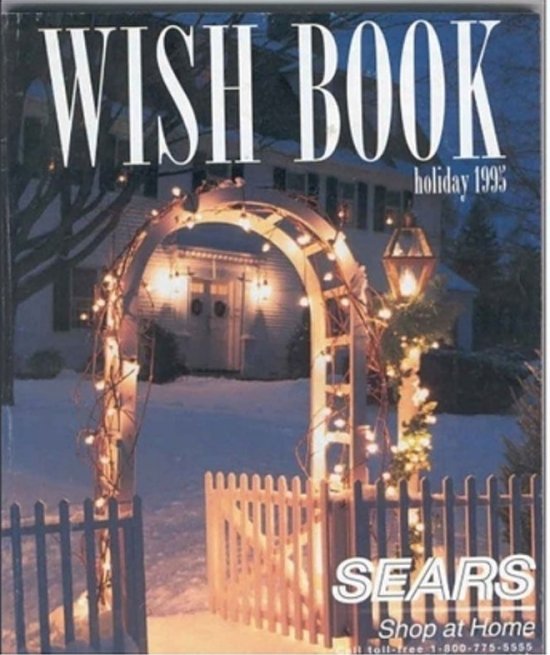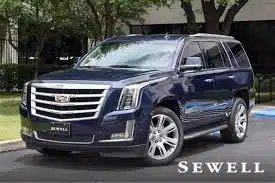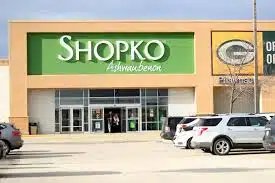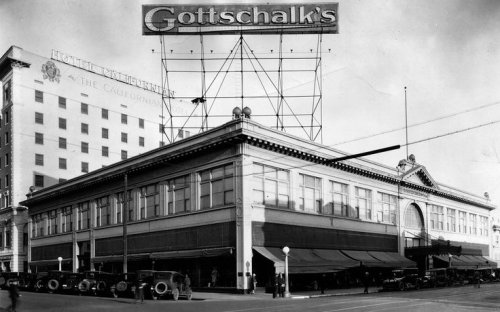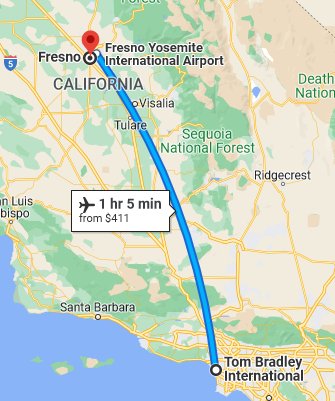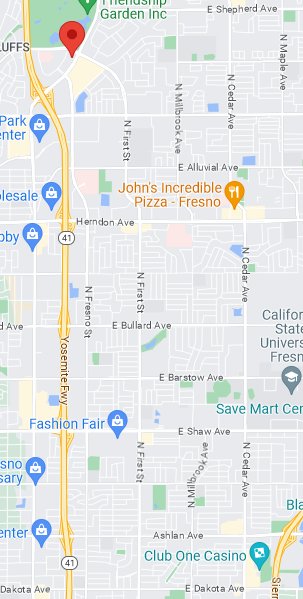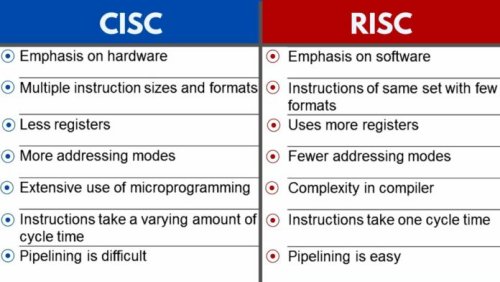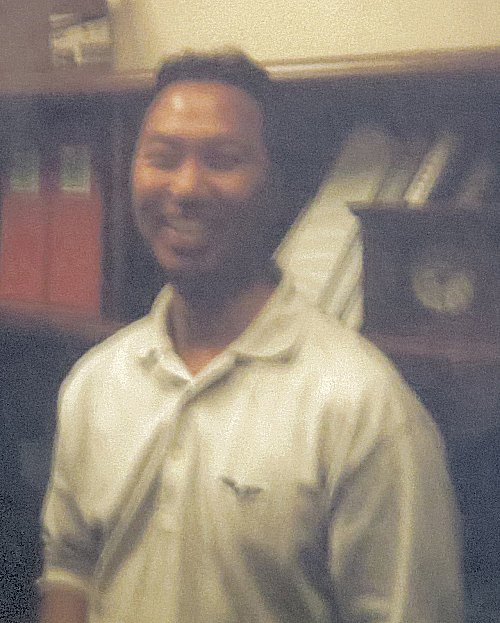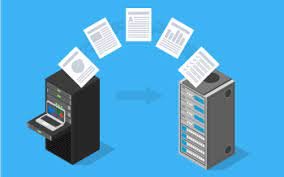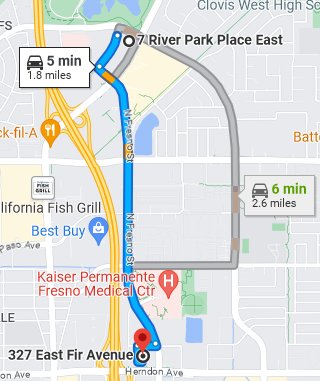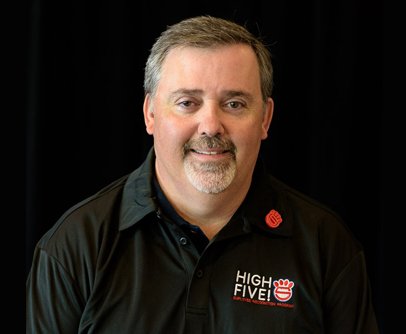The extensive preparations for the NABC in Providence are described here. Friday July 15: If there is no traffic, the drive from Enfield to Providence takes a little less than two hours. I packed up enough clothes for ten days … Continue reading
The extensive preparations for the NABC in Providence are described here.

Friday July 15: If there is no traffic, the drive from Enfield to Providence takes a little less than two hours. I packed up enough clothes for ten days and left the house at about 7:15. The trip got off to a terrible start. As usual, I stopped at McDonald’s in West Stafford for a sausage biscuit with egg and a large black coffee. The biscuit reminded me of a brick that had been sawed horizontally. The coffee was a couple of degrees above room temperature when it was handed to me, and it did not taste right. I cannot describe the taste, but it was definitely wrong.
The first 99.99 percent of the drive was otherwise blessedly uneventful. I had driven this route a few weeks earlier for the walk-through that has been described here. I remembered that the Rhode Island Convention Center (RICC) was very close to Route 146. The only tricky part was finding the correct entrance to the garage that was attached via a corridor on the fourth level to the third floor of the RICC. I had a distinct recollection that the right entrance was the first on the right. Therefore, I pulled in there and attempted to enter. The unmanned gate would not let me in. Evidently this was now designated as the entrance for monthly parkers. I tried to back up, but a jeep had pulled in behind me. He was understandably upset at me.
Eventually, I was able to back up and return to the street, but in the process the left side of my car scraped against something. The plastic cover for my left side-view mirror also came halfway off. I tried to push this mishap out of my mind completely until the first day of bridge was over, but it was not easy.
I found the correct entrance and drove up to the east side of the third level and parked near the stairs and elevator. It did not seem possible to get to the east side of the fourth level of the garage from where I had entered. I tried to reattach the cover to the mirror, but I did not have much success. I then climbed the stairs to the fourth level and walked across the sky bridge to the entrance to the RICC.
At the entrance to the third floor two people were checking for vaccination status. Players with an orange wristband could just walk in. Otherwise, players needed to show a vaccination card or the equivalent proof on a smartphone. Upon doing so they were presented with a stylish piece of bright orange plastic to wear on the wrist. When the band had been locked, it was very difficult to undo. I just kept mine on for all ten days that I was in Rhode Island. Then I cut it off with scissors. I don’t know what the people checking for vaccinations did if a person would not or could not show proof.
Very few people wore masks. I resolved to wear an N95 mask and to keep my distance from everyone, even teammates and partners, whenever possible. The fact that I was not staying in a hotel associated with the tournament gave me some optimism. The BA.5 variant had recently become dominant in both Europe and the Americas. Vaccines made it less lethal, but they did little or nothing to prevent transmission. Good masks worked, and the ones that I brought with me were the best available to the general public.
For the first two days I was scheduled to play with Donna Lyons, a long-time friend whom I had hardly seen since we had won the Mid-Flight Pairs at the Ocean State Regional in Warwick in 2019. Donna and her husband Bob lived in Granby in the summer and in Naples, FL, in the winter.
Donna was not at the tournament yet when I arrived. So, I went to the welcome desk and received my SWAG bag. It contained the restaurant guide and a gift. I don’t even remember what the latter was. I then went to the volunteers desk to talk with Linda Ahrens about my assignments. When I left I thought that I was clear about when I needed to show up.
Linda provided me with a stack of scrip for my entry fees1, and Joe Brouillard, the co-chair of the tournament, provided an exit card to pay for my parking.
I picked up a copy of the Daily Bulletin to see what had happened in the GNT championship. Most of New England’s representatives, including Felix Springer and Trevor Reeves, were still in contention.
I went to the partnership area and looked for a likely partner for Sunday. The only person available was Phyllis Bloom with 800 masterpoints. I called her five times, but the line was always busy.
Soon thereafter Donna appeared. We were scheduled to play in the Open Pairs on Friday and the Bracketed 0-3,000 Swiss on Saturday. Before the morning session we went over the convention card that we had used in 2019. If we made any adjustments, they were not significant. Our morning session was disappointing. We only scored a little more than 43 percent.
I don’t remember what Donna did for lunch. I bought a Diet Coke and a bag of nuts from a vending machine. I did this every day that I was playing so that I would not get sleepy in the afternoon. This also helped me avoid the COVID trap of the lunch area.
Our afternoon session was much better. We scored above 53 percent, which earned us 1.48 red points for finishing third in B in our section. If we had done that well in the morning, I would have been quite pleased.
Donna was commuting from Granby, even though she lived considerably farther away than I did. So, she was facing roughly five hours of driving both days. I advised her not to take the two-lane route back to Connecticut, despite the insistent advice from Google Maps. Instead I told her that driving on Route 146 and the Mass Pike was much less stressful, only slightly longer, and less subject to delays from construction and slow vehicles.
After saying goodbye to Donna I went back to the garage to inspect the damage on my car. This time I was able to reattach the cover much more securely. I later tried to rig up a little more protection for the electronics by covering it with a plastic bag, but I failed to devise a way of keeping it attached. In the end I convinced myself that this arrangement was good enough to last through the rest of the trip.2
At some point on Friday Mike Heider and Jim Osofsky, my teammates for Saturday and Sunday invited me to have dinner with them on Saturday night at their favorite restaurant in Providence, Pane e Vino. I told them that I had already committed to attending the VIP reception on Saturday evening.
I then exited the garage. I had been led to expect that the entire parking charge would be covered by the exit ticket that Joe had given me. However, I was still charged $15. Evidently Joe gave me the wrong ticket.
I found my way from the RICC to the Hampton Inn in Warwick without any problem. I have stayed at dozens of Hampton Inns around the country, and it had never taken more than five minutes to check in to any of them. This time, however, only one person was on duty at the reception desk. A handful of people surrounded the desk offering advice to a woman who was trying to check in. She demanded to see the manager about whatever was impeding the process. The clerk abandoned her station for at least five minutes in order to summon him.
She returned with the unwanted news that the manager was on his “lunch break” at 6:30 in the evening. Eventually he did appear, and he succeeded at calming everyone down. All the people around the desk—except for me—went over to the lounge/breakfast area to wait for the room to be ready.
I was impatient, no doubt, but there was no good reason to be. I had nothing planned for the evening. The clerk had no problems in finding a room for me. I had to provide my credit card, of course, but then she quickly handed over my key. My room was on the ground floor.
When I reached the hallway I was shocked to see trash piled there. I had never experienced anything like this before at a Hampton Inn. At least the pile did not impede my path to the room.
The room itself was fine, but it had one very peculiar trait. There was no closet! I looked everywhere that I could imagine. I mean, how do you hide a closet in a hotel room? I must have been mistaken, but I accounted in my head for every square foot of space, and there did not seem to be any place it might be.3 Because I was only staying two nights, this anomaly was of small consequence to me.
I had no trouble deciding where to eat. The hotel was within a mile of the KFC, and I had had more pleasant experiences dealing with the store than I had with the many other franchises that I had patronized over the years. This occasion was no exception. My four-piece meal was ready very quickly; it was hot and delicious.
About a week earlier I had misplaced my American Express card that awarded frequent-flyer miles on Delta. I hardly ever used that card, but it bothered me that it was missing. While I was at the KFC I noticed that it was hidden behind another card in my wallet.
I received a text from Phyllis Bloom. She was happy to play with Mike, Jim, and me on Sunday. So, my “dance card” was now completely filled for the tournament.
The book that I brought with me to Rhode Island was Newcastle Upon Tyne: Mapping the City. It was written by Mike Barke, a Professor of Geography from Newcastle. I had the pleasure of meeting him and his wife Vivienne on the European River Cruise that I took in May of 2022. That adventure is related here.
The book is a history of the Tyneside area from Roman days up to the present with maps of various types used as signposts. I really enjoyed learning about the development of the area not only because it was Mike and Vivienne’s stomping grounds, but also because it helped me to understand better what the characters on the television show Vera were dealing with. On this trip to Rhode Island I also discovered that the huge book could serve as an excellent mousepad when I was using my computer while in bed.
Saturday, July 16: My standard operating procedure at Hampton Inns had long been to hit the breakfast room early. I arrived at 6:15 and was surprised to see that it was already rather crowded. There were quite a few children dining with their parents. Most of the people wore shorts. One kid walked up to the orange juice dispenser and filled a gallon jug. I thought that this was somewhat outrageous, but no one said anything about it.
In addition to the families quite a few uniformed airline employees were among the early diners. This was not a surprise. The Hampton Inn is very close to the airport.
The drive from Warwick to the RICC was very easy. I worried about the left mirror, but the cover stayed on, and it seemed to function as well as ever.
I asked at the Partnership Desk if they needed me to help, but Jan Smola and Carol Seager said that they had it under control.
Donna and I played in the 0-3,000 Bracketed Round Robin. Our teammates were Jim Osofsky and Mike Heider. We found ourselves in the top bracket. We were in contention until the last two matches. In one of those rounds Donna timidly passed my 5♥ bid, and we missed a slam that would have really helped us. So, we finished well out of the overalls and were awarded only .69 “pity points”.
Donna needed to rush home at the end of the last match. I said goodbye to her and thanked her for playing with me. I then walked over to Joe’s desk and asked him for directions to the WaterFire event.4 While I was standing there I was surprised to see a distraught Donna walking toward me. She said that she could not find the key fob for her car. She said that she had looked all through her purse several times.
Donna and I searched around the areas in which she had been. There was no sign of the missing fob. Upon Joe’s advice she went to the facility’s security desk on the ground floor and asked the man there. No one had turned in anything resembling a key fob.
She then went back to her car because she said that there was an emergency method of gaining entry and operating the car. She was pretty sure that her husband could talk her through it over the phone.
So, I went out on foot on my own looking for the VIP reception for the WaterFire. I went the wrong way several times5. I finally found the viewing area, but I saw nothing that looked like a reception. At about 7:00 it occurred to me that the WaterFire event always took place in the dark, and the sun would not be setting in Providence for nearly two hours. I decided that it was not worth the wait. I drove back to the Hampton Inn.
I was able to exit the garage without paying. Joe had given me enough tickets for the remainder of my days. Since I was not planning on coming to the tournament on Tuesday, I gave one of the tickets to Donna.
I was shocked by two things at the hotel. The pile of rubbish had grown considerably larger, and no one had cleaned my room. Since I was leaving in the morning, these developments hardly mattered to me, but my overall impression was that this must surely be the worst Hampton Inn in the country.
Because I had again skipped lunch, for supper I treated myself to a small Ultimate Bertucci pizza. It was absolutely delicious. I ordered takeout and ate it in my room.
Sunday July 17: As I made my way to the hotel’s breakfast area I could hardly believe how big the rubbish pile in the hallway had become. It was piled high with pizza boxes. I could barely get past it. I doubt that someone with a wheelchair could have done so.
I was equally surprised that the breakfast area was closed. Evidently breakfast was no longer served on Sunday, or perhaps it was open much later than usual. I was not certain whether this was “the new normal” or just another indication of this hotel’s mismanagement.
I checked out, got into my car, and drove into Providence. I did not record in my notes what I ate that morning, but I think that it was part of the hospitality—a muffin or something like that—that the tournament provided. I picked up a Daily Bulletin and discovered that all three of the remaining GNT teams from New England had lost in the semifinals.
Mike and Jim told me that they had postponed their supper at Pane e Vino until Sunday. They asked me whether I wanted to join them. I happily agreed.
I met up with Phyllis Bloom, who was, as I suspected, Ken Bloom’s wife. We spent some time going over our card, which was rather simple. We were playing with Jim and Mike in the Mid-Flight Swiss teams. We were done in on the very last hand. Phyllis played 6♠. At the other table our counterparts bid the grand slam. Both went down one. Mike led the ♣, which enabled the declarer to finesse the 10.
So, we earned only .78 more red points. I had a good time playing with Phyllis. We did as well as a new partnership could expect. However, I think that she was a little frustrated with her mistakes.
After Phyllis left, II walked with Jim and Mike to their hotel, which was called The Graduate. We took the elevator up to their suite. Mike seemed to be a little embarrassed that some clothes were strewn about. Please!
At some point Mike also realized that he had lost his convention card. Presumably it was somewhere in the playing area of the RICC.
We picked up Jim’s car from the hotel’s parking garage and drove to the restaurant. Mike continually criticized the route that Jim took, and Jim repeatedly reminded us that Mike drove like an old woman. They do this sort of thing all the time. For years I thought that they were actually arguing, but, in fact, they almost never argued. Jim just talked all of the time, and Mike occasionally broke his vow of silence and vocalized his opinions, some of which contradicted Jim’s. However, it never went past that. Each has a lot of respect for the other, and they have been playing together for at least a decade that I know of.
The restaurant scared me. It was crowded, and no one—not even the staff—was wearing a mask. I kept mine on until we reached the booth, and I put it back on before walking to the door at the end.
I ordered the fettucine alla Bolognese and a glass of Barbera. After consulting with the waitress, Mike selected lasagna. Jim had the same veal dish that he always ordered there. The titles of all of the dishes were in Italian on the menu, but the descriptions were in English. I found it peculiar that our waitress was unfamiliar with the titles of the dishes.
I ate everything that I ordered, but the Bolognese was a little too rich for my taste. When Jim asked me if I would order it again if I ate there, I had to answer in the negative. Nevertheless, I had a good time with these guys. They are a lot more fun away from the table, but that is not uncommon for bridge players.
So, we drove back to The Graduate. I went down the elevator to walk to the RICC garage. In the lobby of the hotel I ran into Randy Johnson. I talked with him for a minute. I asked him if his wife Ann (Hudson), one of my former partners, was also in attendance. He claimed that she was too busy working at home.
I walked over to the garage, found my car, and drove to the Crowne Plaza in Warwick, which, like the RICC, is in spitting distance of I-95.
I walked from the hotel’s huge parking lot to the revolving door. at the main entrance. To my surprise a young man and woman were greeting people as they entered. Neither of them wore masks. They were from the annual gathering of the Conservative Congregational Christian Conference, which was held throughout that week in the Crowne Plaza. I wore my mask whenever I was in or near the hotel.
I checked in in a minute or two. The hotel employees also had no masks.
I went back to KFC for supper. It was as good as the first time.
When I checked my email I found one from Monday’s partner Paul Burnham. He reported that he had just arrived in Providence. I also received the following missive from Donna:
First of all, the key fob business was somewhat of a mess and more than somewhat had me spinning. When I got to the garage, my car would not open when I touched the handles, as usually it does. Of course, I tried and tried, tried the lift back, nothing. So, I searched in my bags for the fob, which I knew I had, but I could not find it. Panic began to set in. After too much wasted time running from the bridge info table who sent me to security who sent me back to the info table who sent me to another security man, I went back to the garage to see if I had dropped the key fob. I could not find it, so I emptied my bags again in the dark corner where I had parked, thinking it had to be there. No fob. I dug and dug, freaking out more and finally found it zipped in another pocket. But the car still would not open. Dead. I called Bob, and [after he calmed me down] he talked me through taking the fob apart to find some hidden skinny key. It was so dark in the garage where I was that I was near tears running over to some sunlight, worried that I would be sleeping over on 4 East. I did get the fob apart, got back to the car to try the hidden key, and, for some reason, once I had the fob apart, all the lights went on and the car just opened. Then I worried that all batteries had died, but Bob kept telling me to start the car and it would be fine. It was. But then …this story has a better ending…I was still so rattled [77-year-old women should not navigate Providence traffic when they are rattled] that of course I kept missing turns directed by my robot-voice navigator who was trying to get me home. I missed route 6 back to 84, and I ended up on 146 north driving home by the MassPike. This route was an infinitely better route, as you suggested. I am sure I lost another three years of heart life, but at least I was not stuck in the garage overnight.
The nicest part of the fiasco was that your kind gift of the validation card worked like a charm, and it was great to have that bonus in all of the mess.
Monday July 18: My room on the third floor of the Crowne Plaza was very nice. The bathroom had two sinks! It was a good thing, too. The stopper on the main sink did not work. So, I shaved at the one on the end.
I drove to McDonald’s for my usual sausage biscuit with egg, a breakfast that I consumed six of the seven mornings of my stay at the Crowne Plaza, which does not offer free breakfasts. I ate the sandwick on the car while I drove on I-95.
I worked at the Partnership Desk on Monday morning. While I was there I espied Mike Heider’s missing convention card lying on the table. I took it over to Joe and left it with him. When I spotted Mike later that day I told him that I had found it and let him know where it was.
I assisted a few people looking for partners in understanding how the cards were displayed: teams on one board and pairs games on the other. Each board was sorted by day of the event. Usually that was all that was needed. A player would find someone of about his/her level and call them.
One fellow did not have a phone. I offered to let him use mine, but he had no idea how to use a smartphone. I had to dial the number for him. This process was repeated a few times.
Perhaps twenty-five minutes before 10:00, the starting time for all the games, Paul arrived at the Partnership Desk. To my surprise the ponytail for which he was renowned had disappeared. Shortly thereafter we saw Judy Hyde, with whom I have often been a partner or teammate and even more often an opponent. We talked for a bit, and both Paul and I came away certain that she had agreed to play in the Bracketed Round Robin Teams with us. Then she vanished to find her partner. We never saw her again.
At 9:59 Paul and I walked over to the Open Pairs game and registered. It was a nightmare. We were East-West in the morning, and we were between Robert Todd and his partner, who played a customized Big Club system, and a pair that played a Polish Club. The senior member of both of these pairs delivered a lengthy pre-alert speech explaining the unusual conventions that they used.
Thirteen rounds of listening to both of these dissertations would certainly have been enough to drive anyone to distraction. However, we had the completely unique distinction of playing North-South for the thirteen rounds in the afternoon session seated between the same two pairs. By the time that the last round had ended we could recite either speech with no pauses.
Paul played badly throughout, and I was worse. Our scores reflected it. Fortunately, he got to play with a different partner, his college roommate, Rob Stillman, on Tuesday. I, on the other hand, had already been planning on taking that day off.
The most amazing thing about our second session was that a guy with whom I had talked at The Graduate on the previous day came late to our table. On one of the two hands that we played against him he took at least—this is no exaggeration—five minutes to decide on a single play on defense. On every other trick he played in tempo. I suspect that he was astral traveling.
To add insult to injury Tom Gerchman came up to complain to me after the round was over that he was unable to obtain a parking pass. I simply said in a Chico voice “That’s not my chob.”
I picked up some tacos at the Taco Bell that was across the street from McDonald’s on Bald Hill Rd. in Warwick and consumed them in my room at the Crowne Plaza. Life is definitely romantic and exciting at bridge tournaments.
I was only slightly surprised to find that my room had not been made. Apparently that was the new normal, at least at chain hotels in Warwick.
I called Abhi Dutta and confirmed with him that Paul and I would team up with him and a young man named Jaan Srimurthy in the Bracketed Swiss on Wednesday.
Tuesday July 19: In 2019 I took a day off at the NABC in Honolulu, but that was only because my partner, Ann Hudson, refused to play with me any more.6 The idea of a voluntary respite was a new one.
I read the Daily Bulletin on the ACBL website. The first thing that I noticed was that Sue Miguel had been presented with a Special Goodwill award for her outstanding work with the Intermediate/Novice program in District 25 and at the two NABCs in Providence.
So, evidently I had missed another meeting of the Goodwill Committee. I have tried to attend them several times, but I have never succeeded.
I also searched the Bulletin for information about the number of COVID-19 cases that had been reported thus far, but the only reference was to the ACBL’s mask (not required) and vaccination (required) policies.
I went to IHOP and treated myself to a ham and Swiss-cheese omelette with pancakes. They were as good as I remembered. I was disappointed that the restaurant no longer played oldies on the intercom system.
Two very old ladies7 sat across the aisle from me. I could not avoid listening to much of their conversation. One of them was treating the other to breakfast because it was her birthday. I was tempted to wish her a happy birthday, but I did not want to disturb their illusion of a private conversation.
After breakfast I called the front desk to ask about the housekeeping regimen. They told me that they would bring me more linens. That afternoon a large bag appeared in my room. It contained towels.
On the way back to the hotel I stopped at Barnes & Noble and bought a copy of Interlibrary Loan, Gene Wolfe’s last book. It was a sequel to A Borrowed Man, which I had read a few years earlier. I only vaguely remembered the plot.
I then walked around the exterior of the hotel and then took advantage of the beautiful weather to read my new book while I sat on a bench for a half hour or so. Occasionally an employee would come out to smoke, but they stayed far enough away that it did not bother me. As I came back inside I saw Sally Kirtley and Helen Pawlowski. They were on site to check out the hotel for the regional tournament scheduled for the week before Labor Day. It would be held in the Crowne Plaza.
Helen asked me what I was doing there. I told her that I was staying at the Crowne Plaza and that I gave myself the day off after four days of frustration. She replied, “That makes sense.”
I then went up to my room and took a nap in my unmade bed. After I woke up I talked with Sue on the phone. I told her about how terrible the previous day had been.
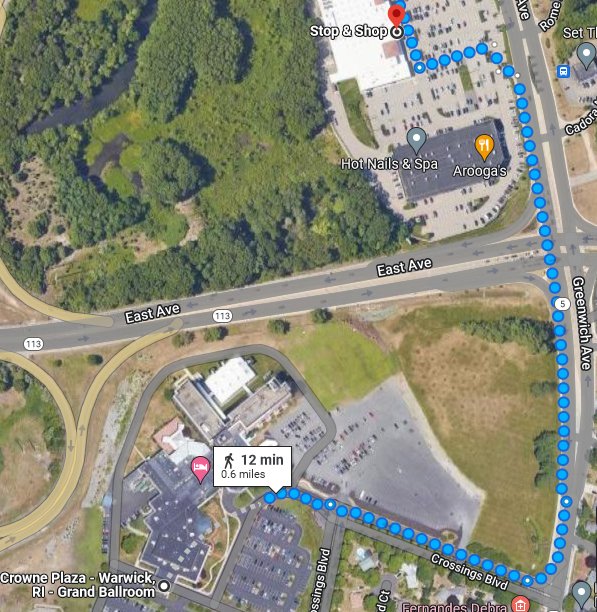
In the afternoon I walked to the Stop and Shop. The walk there was fairly easy. The only challenge was to cross East Ave., a major highway. There was a button to initiate the pedestrian crossing lights, but it only worked for the main part of the street. Crossing the entrance and exit required alertness and quickness.
At the grocery store I purchased a large roast beef grinder and four two-liter bottles of caffeine-free Diet Coke using my GO rewards card to qualify for the $4 price on the colas. The walk back was not quite as easy. I had brought a tote bag to carry the Cokes in, but I had to change it from one hand to the other several times. Eight liters weighs 17.6 pounds, and the burden was mostly borne by my fingers. I should have brought two bags; that would have been considerably easier.
When I got back to the hotel I slept for another hour. Then I ate half of the grinder and drank a considerable amount of Diet Coke for lunch/supper.
In the evening I read some more and fooled around with my laptop computer.
My plans for the last three days were still up in the air. I was scheduled to play with Sohail Hasan, but we did not have teammates lined up.
The report of the last five days of the tournament is a little more upbeat. It can be found here.
1. The fine printing on the bottom of each voucher clearly stated that only one could be used per entry, but I later realized that the directors did not enforce this limitation. They accepted as many vouchers as each person presented. I played in eighteen sessions at the tournament, but I spent very little cash on entry fees.
2. As of November 2022 I still had done nothing about the mirror. It has functioned admirably.
3. My inability to find things is legendary. It almost caused me to flunk first grade. That story was told here.
4. WaterFire was a spectacular event that was held periodically in Providence. It is difficult to describes. People rode in boats, and they used torches to light larger torches that are permanently in the water. I watched the event in October, 2014. On that occasion it was becoming dark by the time that the afternoon session ended, and volunteers had been stationed along the route from the RICC to the viewing area so that all the bridge players could find the event.
5. Towns and cities in New England felt under no obligation to provide street signs that identified every street at every intersection. I have complained about this since I first came to the area in 1972.
6. The adventures at that tournament and the week afterwards that we spent in Maui are documented here. Ann and I remained good friends, and I have played with her several times subsequently. She even volunteered to pick us up at the airport after we returned from Hawaii.
7. I long ago realized that women my age are very old.


